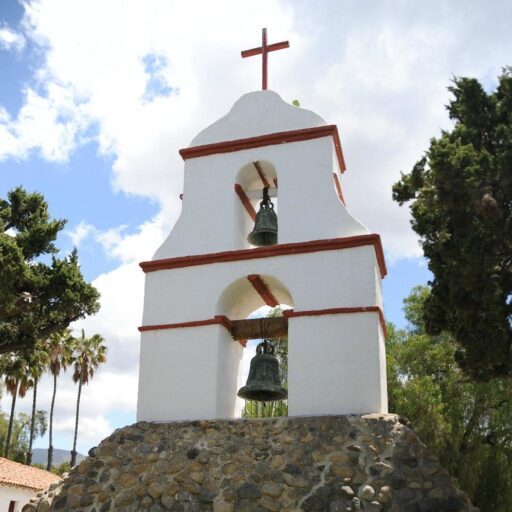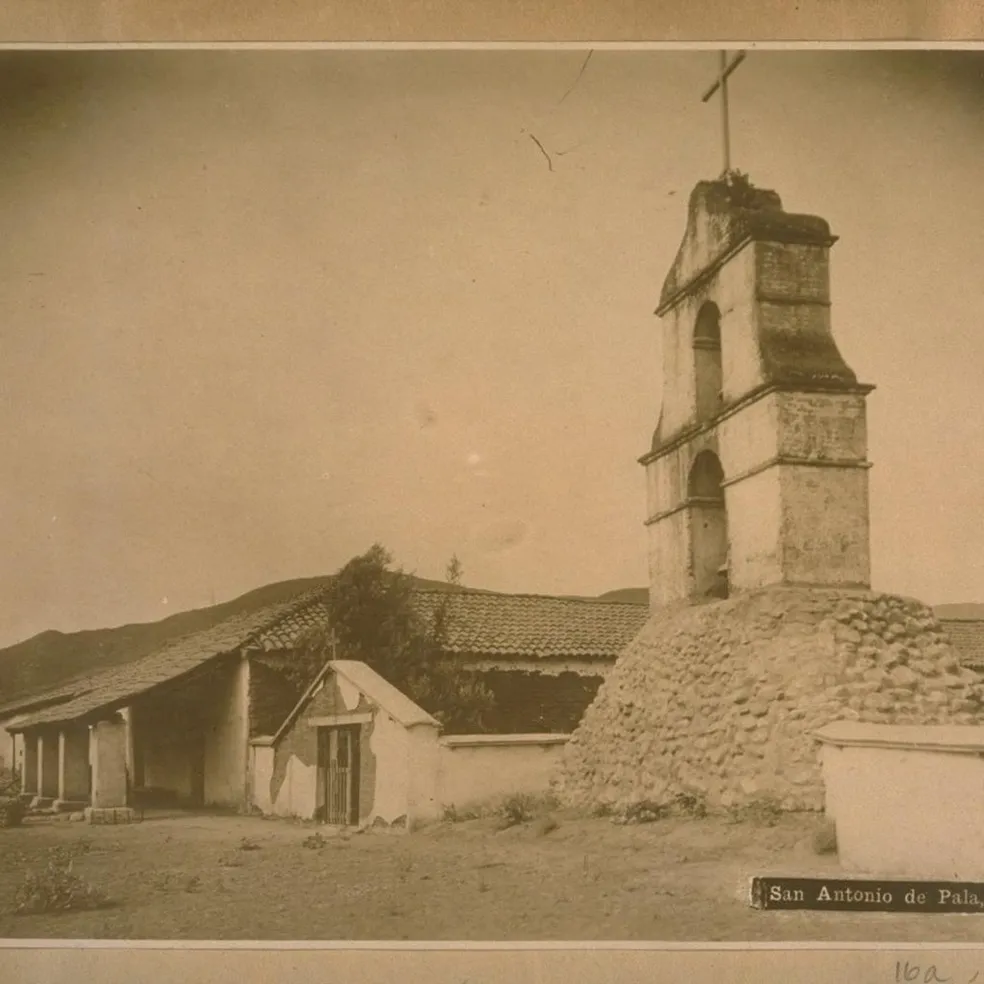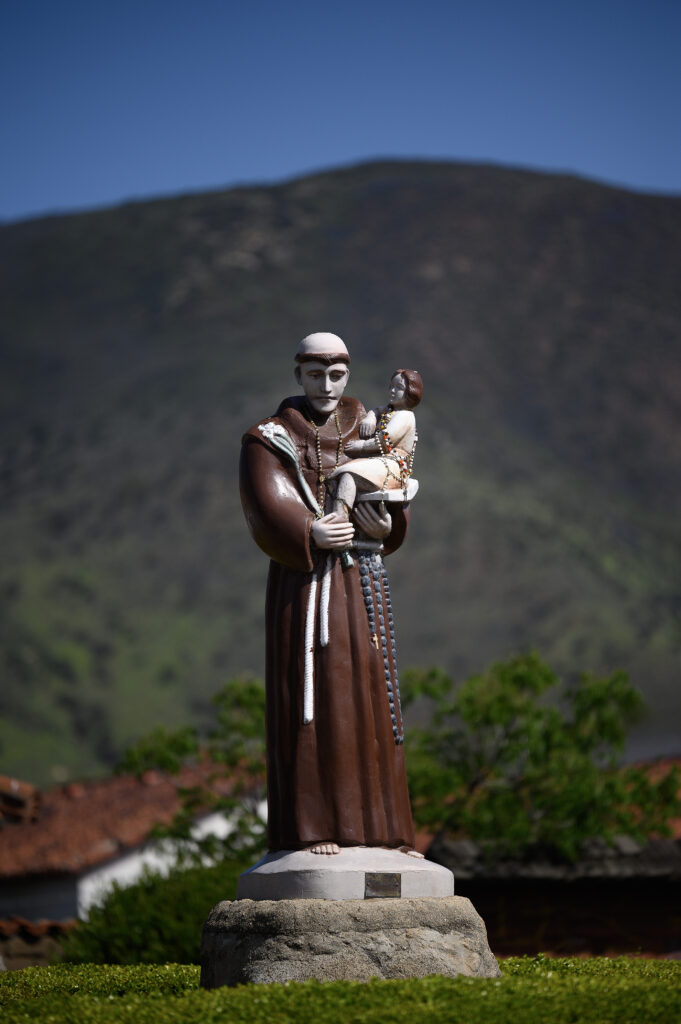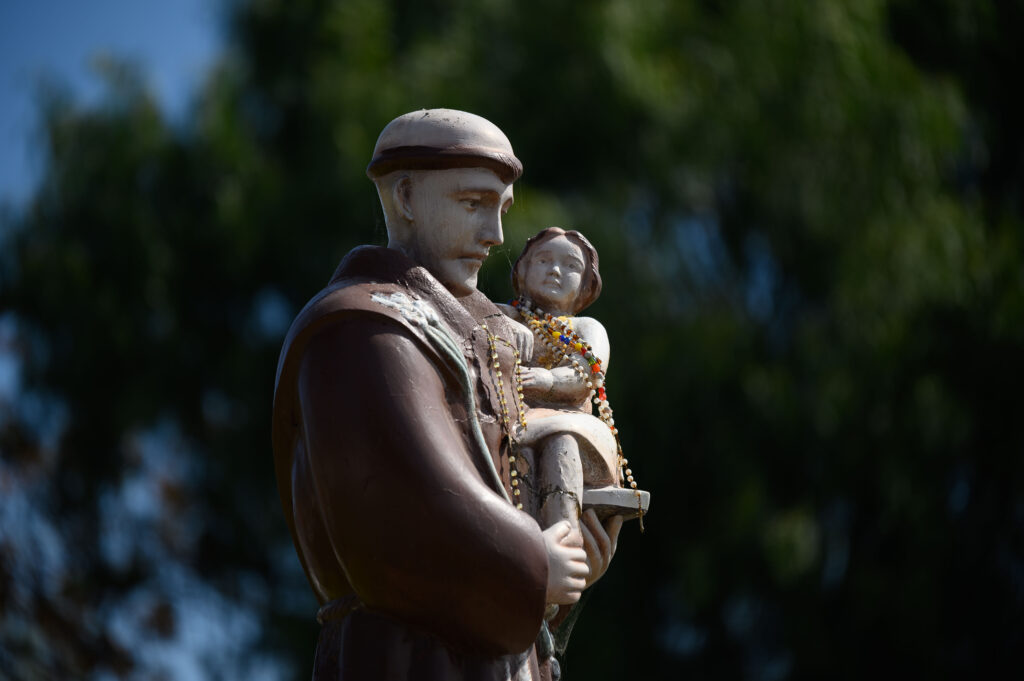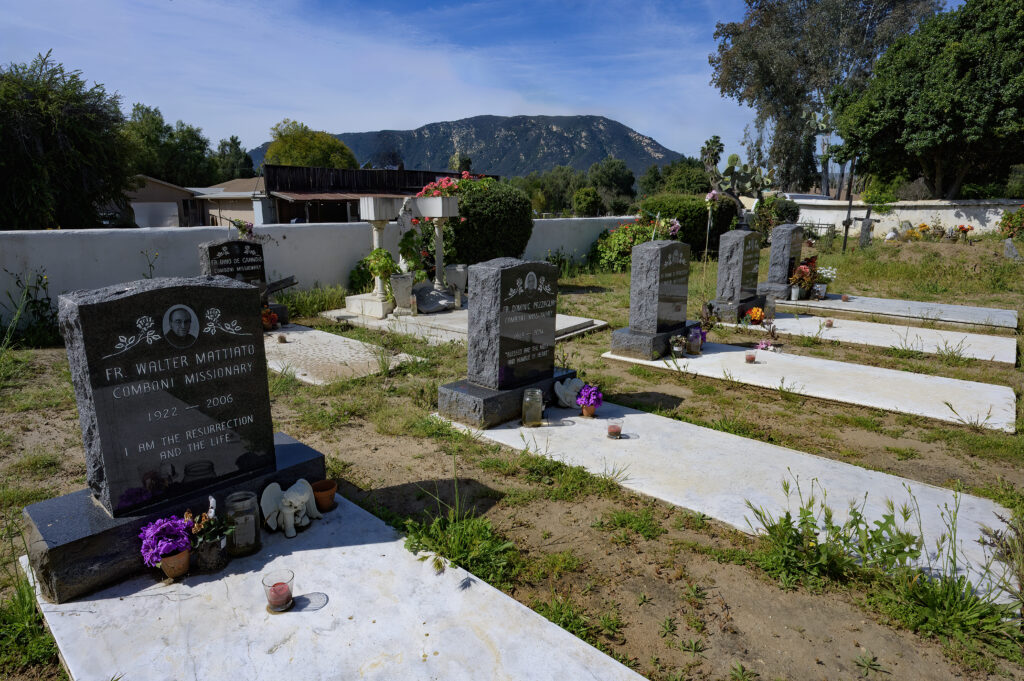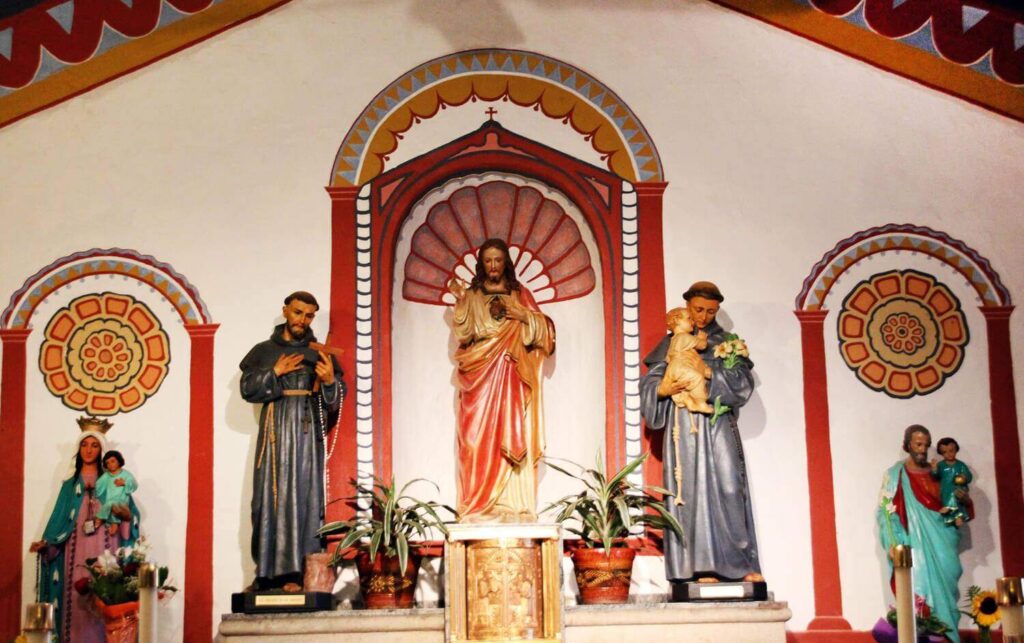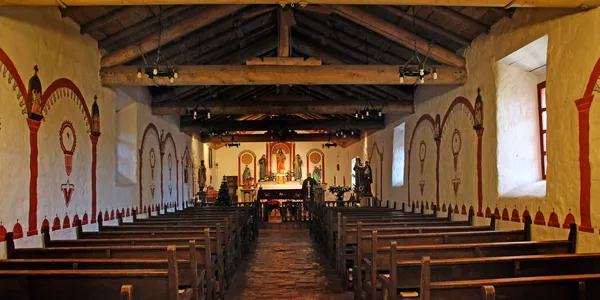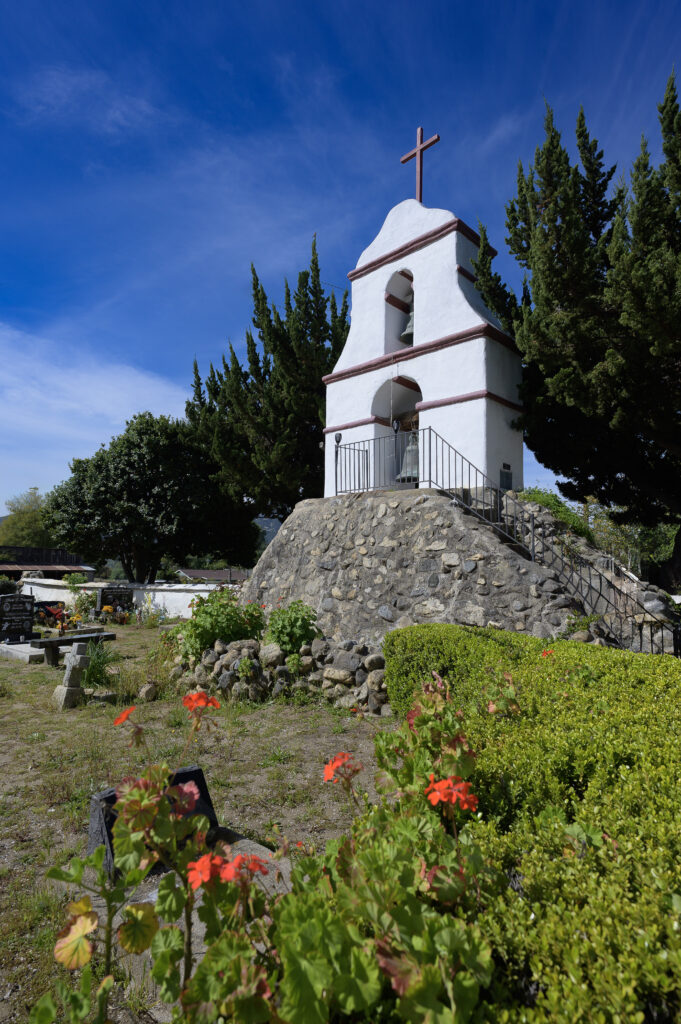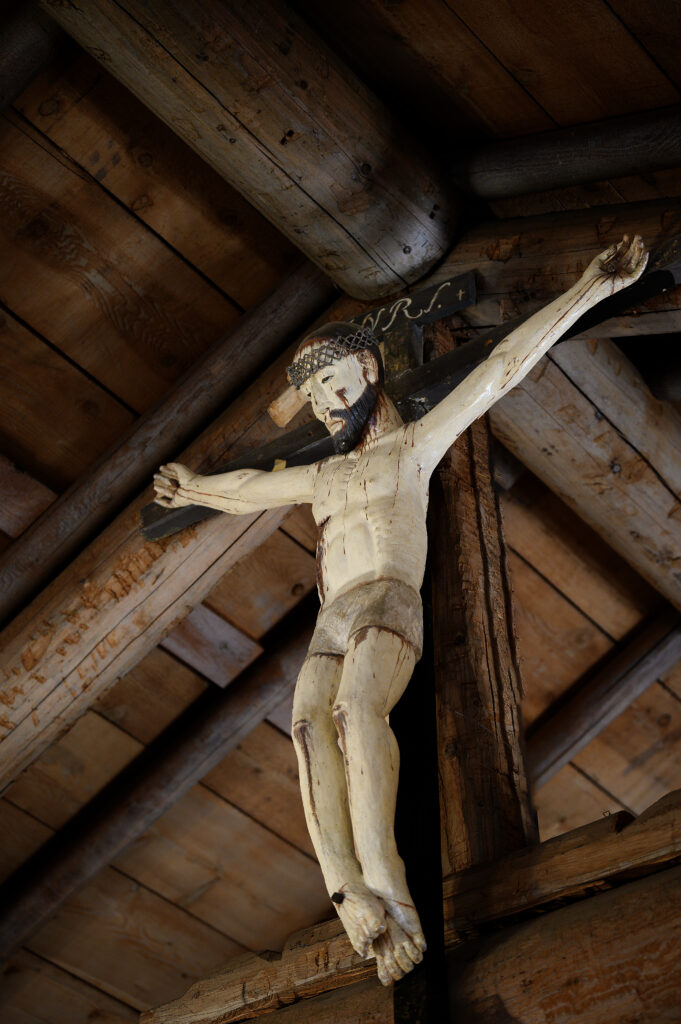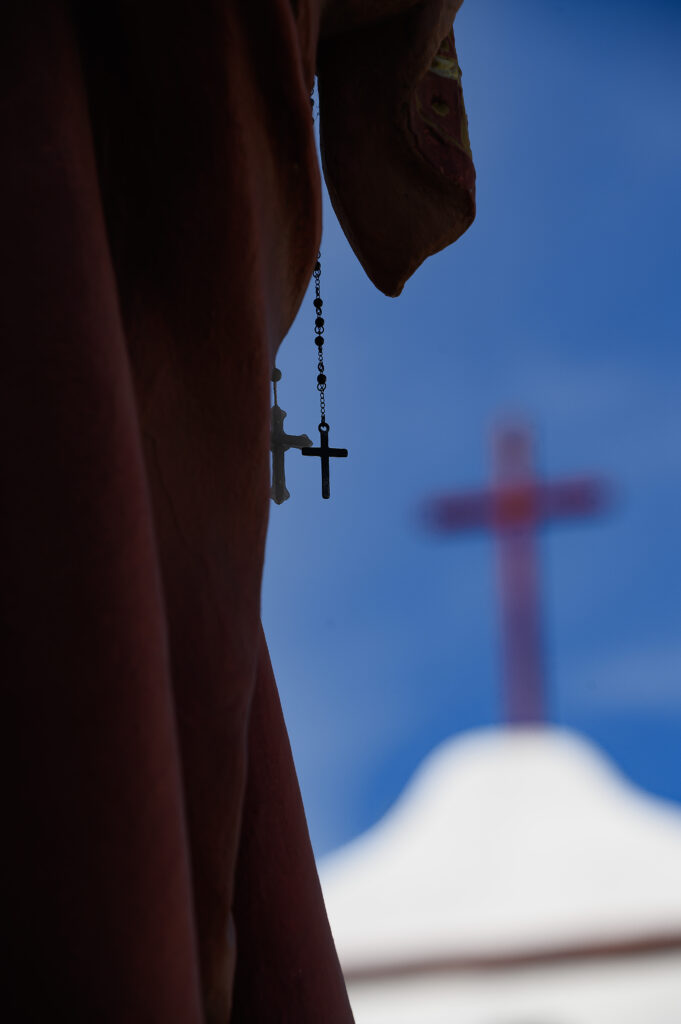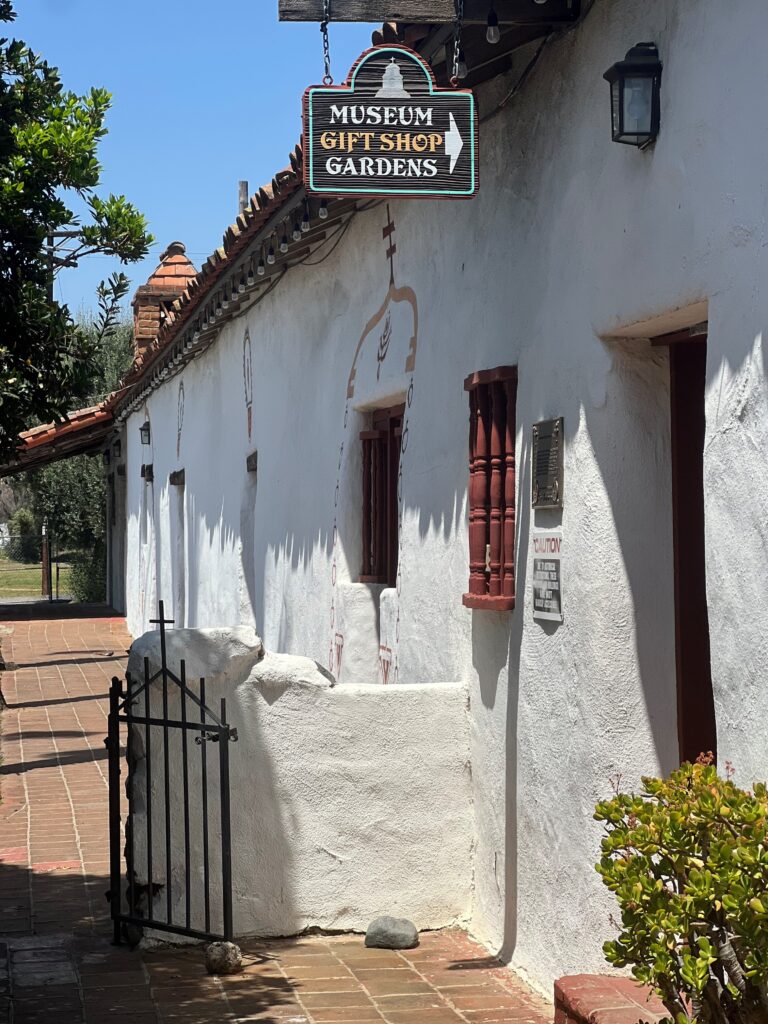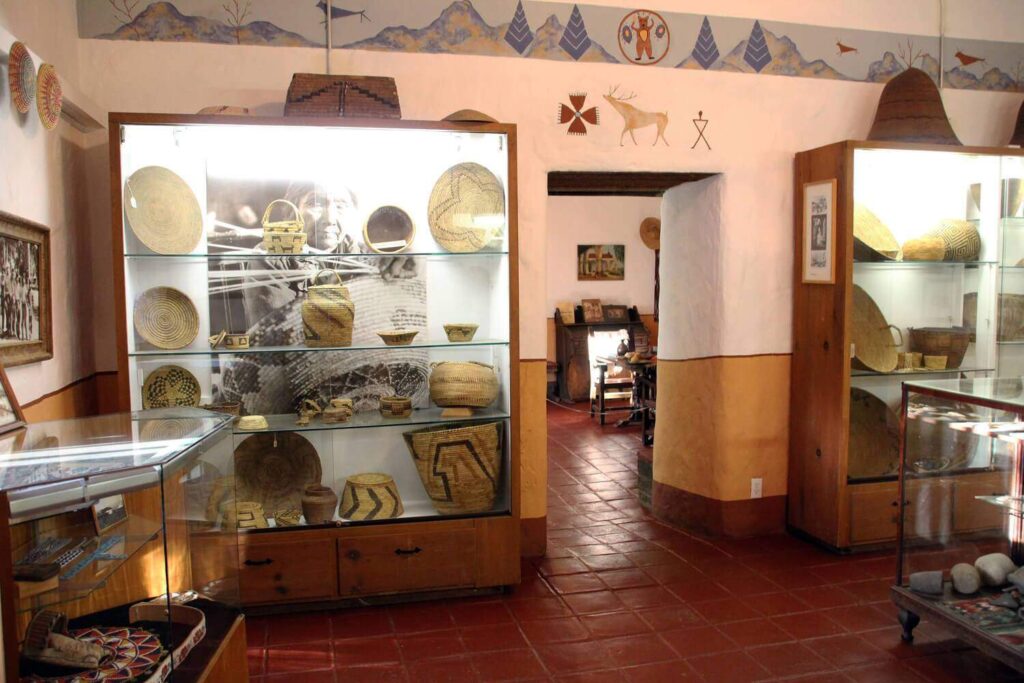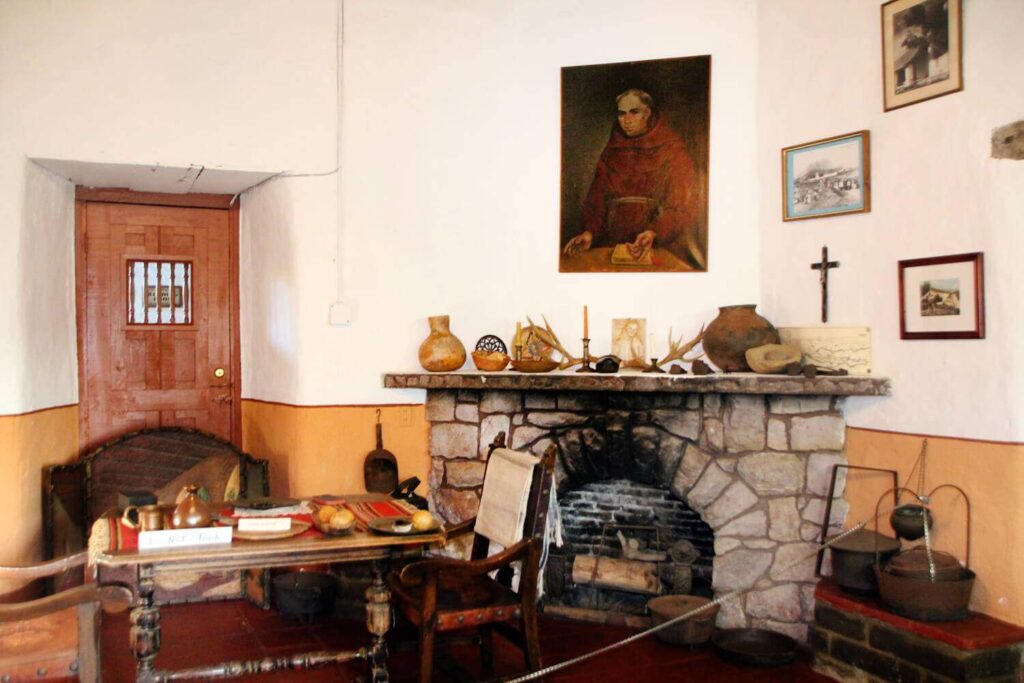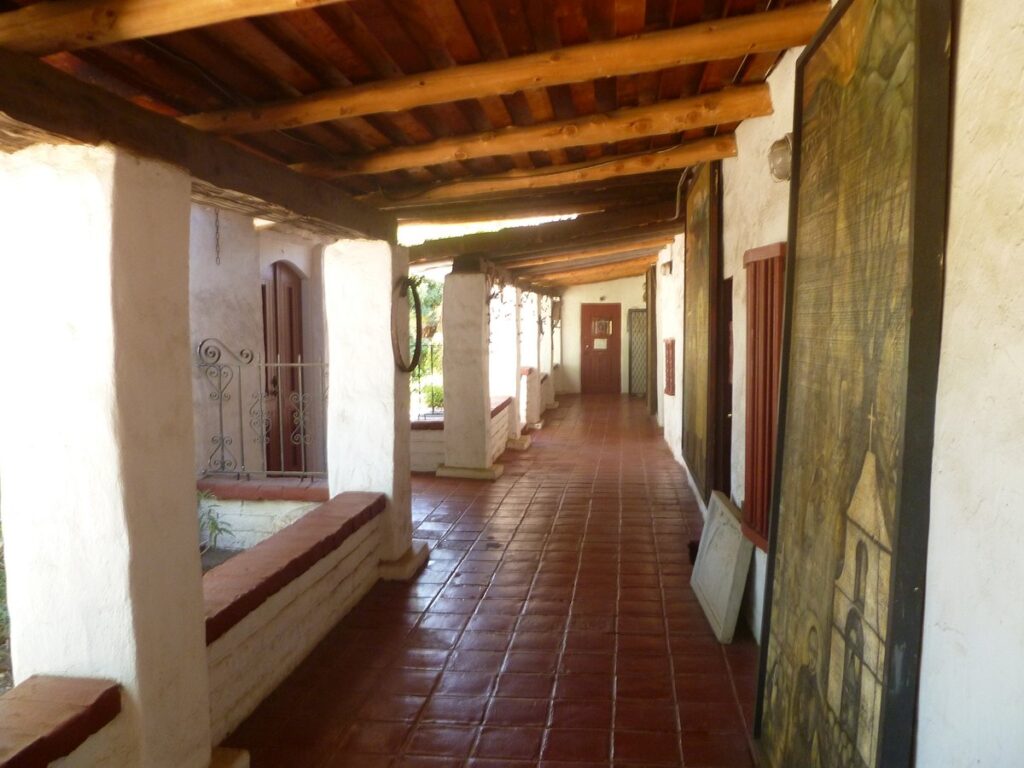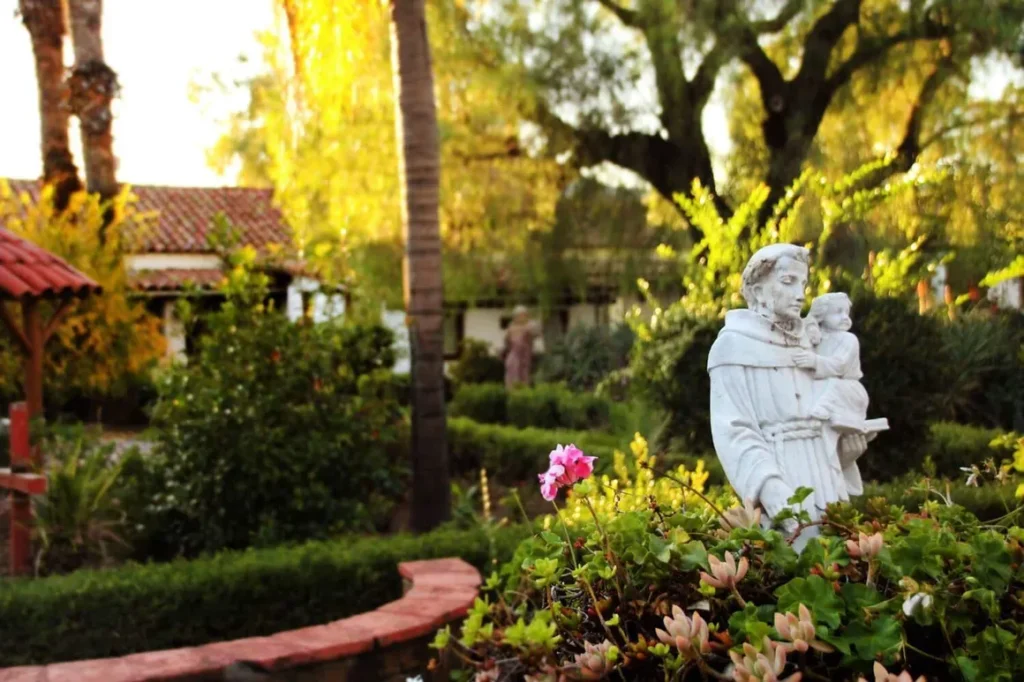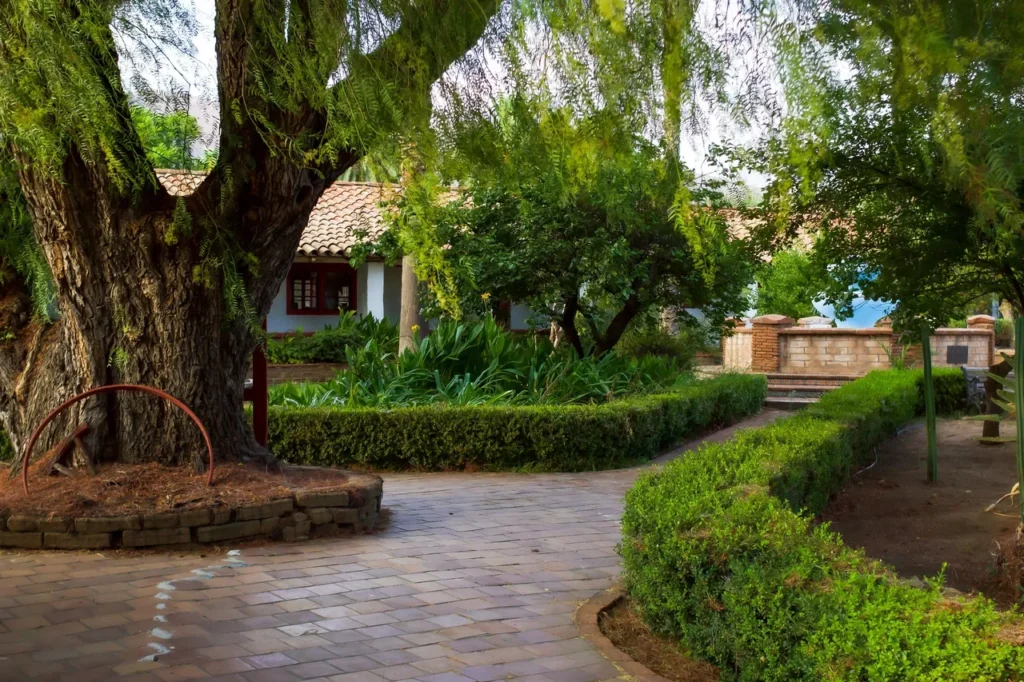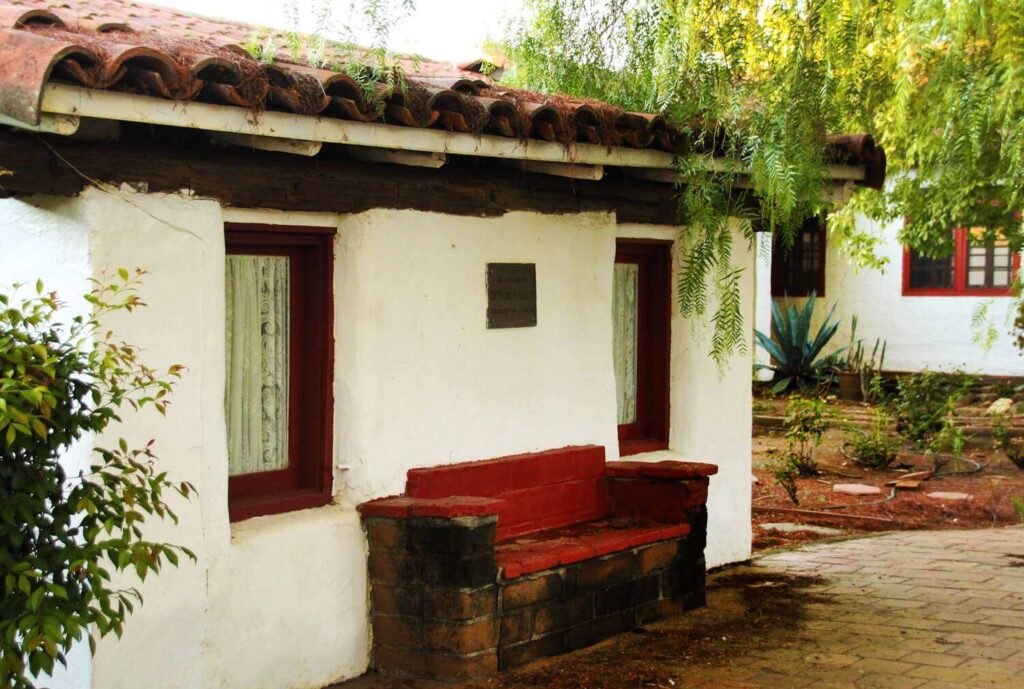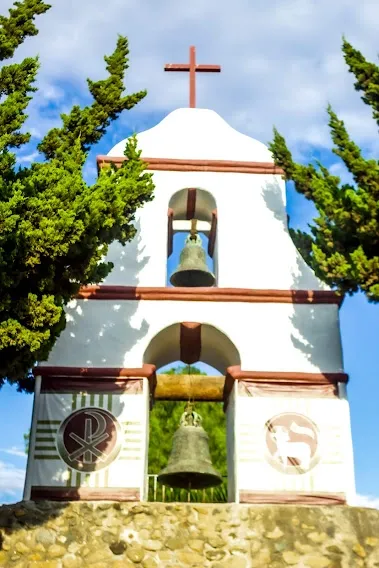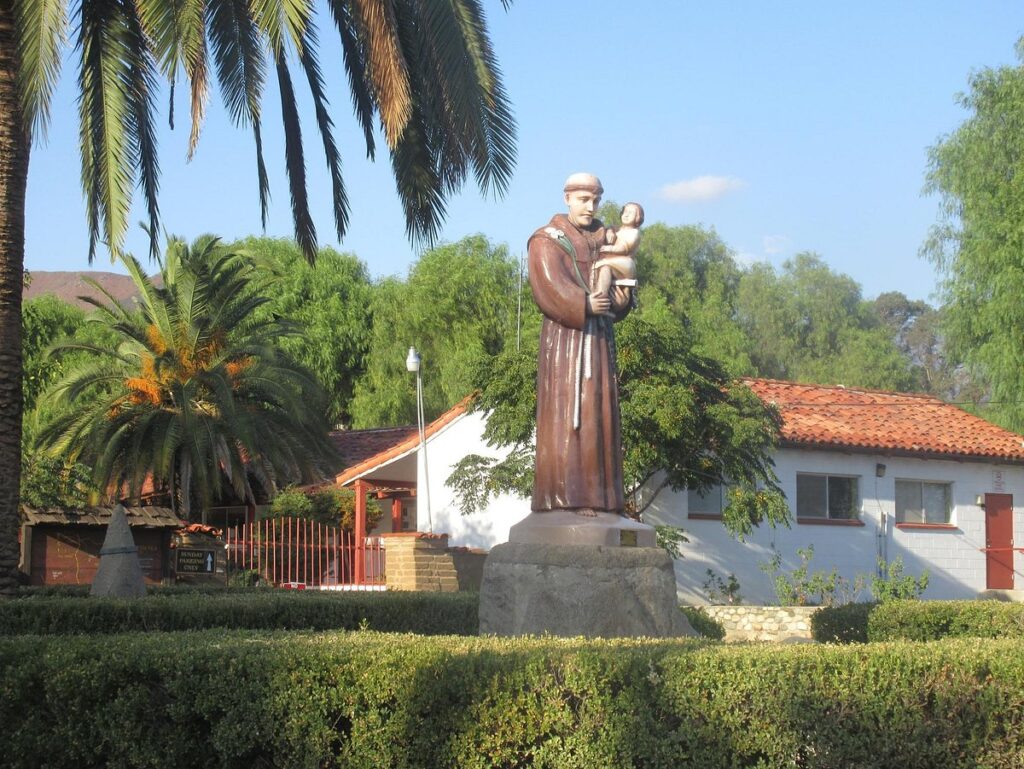The San Antonio de Pala Asistencia, or the ‘Pala Mission,’ was founded on June 13, 1816 as an asistencia (‘sub-mission’) to Mission San Luis Rey de Francia, some twenty miles inland upstream from the mission on the San Luis Rey River. It was part of the Spanish missions, asistencias, and estancias system in Las Californias – Alta California. Today it is located in the Pala Indian Reservation located in northern San Diego County, with official name is now Mission San Antonio de Pala. It is the only historic mission facility still serving a Mission Indian tribe.
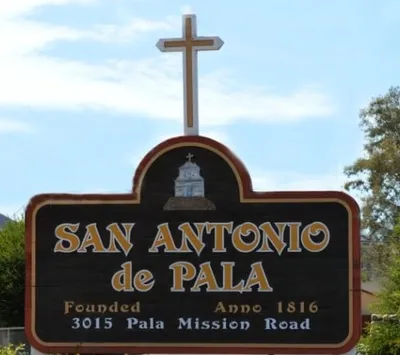

History of Local Indian Reservations & the Pala Mission
Although the earliest Mission was established in the 1700’s, Spain arrived off the coast of San Diego in 1542 and claimed the land for Spain. As Spain was a “Catholic” country, their first order of business was to build Missions using the native people as laborers. Chapels were also built where Indians were located. There are chapels on the Pauma, Rincon, Santa Ysabel, Barona and La Jolla reservations. In Pala, there is an “asistencia” which was a working farm, with a church, for the San Luis Rey Mission in Oceanside.
What the Tribes call themselves were replaced by names associated with the Mission closest to their location. The Diegueno were associated with the Mission San Diego de Alcala while many Luiseno were taken as laborers and named for the Mission at San Luis Rey.
The exception to this were the tribal people who had lived at Warner’s Hot Springs for thousands of years. Unlike other area Tribes, there were not named by the missionaries and retained their name as Cupeño. It is likely that unlike the Luiseno and Diegueno who were hunters, travelers, and large in number, the Cupeño settled early in the game near and because of the hot springs. There were 2 land grants of their territory given, 1 by Mexico and 1 by Spain. Initially, they were allowed to stay in the area and worked for one of the early owners, John Warner, who basically treated them like slaves. Eventually a former Governor of California acquired the land and took the federal government to court to have the Cupeño removed. By 1903, the federal government acquiesced, and the Tribe forcibly moved in wagons with only what they could carry to what is now Pala.
By 1821, both Spain and Mexico had claimed California territory and began to not only battle each other, but to issue land grants to friends, family, and various traders including those from England, France, and Russia. This history and the ensuing conflicts reduced the native population to less than 100,000 with only 14,000 other residents of all nationalities.
By 1850 with both the Spanish and Mexican governments defeated by the United States, California became a State. Tribal people then became the responsibility of the United States although they were not yet to become citizens until 1924. Since most of their territories were already given away by either Mexico or Spain, the recipients of those land grants wanted them off their land or away from the area. So, between 1851 and ending in 1903 with the Cupeño, the federal government began taking a census of tribal people, buying land, and relocating them to Indian reservations. The U.S. Census now counts 144,529 Indians in California, which includes some from other States and Tribes. In California there are 55+ Indian reservations and rancherias, with 18 in San Diego county alone. more than any other county in the country.
The Tribe on the San Pasqual reservation was originally from the area where the San Diego Wild Animal Park is now. in 1846 a battle took place between General Kearney (United States) and Andres Pico (Mexico) adjacent to where the Tribe lived. Because of the conflict, many of the tribal people fled. Although they were placed on a reservation by the United States government, a typographical error in land description placed them in the Valley Center area, not their original home site. Luiseno territory extended from the Lake Henshaw area to beyond Oceanside and extending to the Anza area and various points beyond.
Indians are affiliated, and enrolled as members, based on the amount of “Indian blood” from the specific reservation. Which basically means you have an ancestor that was a part of the group assigned to the reservation by the federal government. Each reservation is governed by a Tribal Council elected by the membership of the Tribe. Rules, laws, and procedures are created by a vote of the membership and enforced by the Tribal Council.
It should be noted that before the reservation system was implemented by the United States, tribal people had their own religions. The federal government, however, monitored the reservations and forbade both the use of tribal languages and their religious practices. Like most native people, spirituality was embedded in their culture if not their very existence. As such, the majority turned to the development of a strong and long-lasting relationship with the Catholic church.
The Mission chapels located on the reservations are all used by tribal people. Mass, baptisms, catechism, communion, wedding, funerals are all a critical part of the church’s involvement, and the priest and staff are an integral part of that relationship. Tribal men and women from all 5 area reservations provide support by singing at Mass, or funerals or where ever needed.
